As we know the built environment is one of the largest energy consumers in Europe, making up 40 per cent of total energy consumption and 36 per cent of CO2 emissions. Consequently, we are set to see a myriad of ESG-focused strategies and legislation being implemented over the next year, which is likely to impact different property sectors in various ways.
So what does this mean for the industrial & logistics market?
Already underway, new energy efficiency legislation was first introduced in 2016 making it illegal to let residential and commercial buildings with an Energy Performance Certificate (EPC) rating below an ‘E’ from 2018 onwards. While this was considered a start, many felt it didn’t go far enough and following a consultation by the Department for Business, Energy and Industrial Strategy, a framework is now in place to improve both the compliance and enforcement process. The hope is that this will ensure that by 2030 all non-domestic rented buildings achieve an EPC rating of at least a ‘B’.
As part of this proposed framework an interim target will see a minimum requirement of an EPC rating of ‘C’ by 2027. Essentially, all non-domestic properties will need to achieve these standards, regardless of when the property was let or the lease was renewed.
With this in mind, should landlords and investors be worried about their existing warehouse stock?
Research undertaken by Savills has shown that an estimated 78 per cent of current industrial & logistics supply has an EPC rating of ‘C’ or below. This means that over 1.16 billion sq ft of warehouse space across the UK is below the proposed minimum ‘B’ rating required by 2030. This does suggest cause for concern, highlighting the scale of the challenge to improve energy efficiency within the sector.
However, while it looks like a daunting task, from a built environment perspective there are some easy wins. For example, 40 per cent of roof space for all new developments can be used for photovoltaic (PV) panels that convert light into electricity. In the long term, this would deliver 97 per cent of the energy needs for the 250 million sq ft of warehouse space currently in the pipeline.
What is harder to solve is the operational carbon generated by the occupiers of these buildings, with 90 per cent of emissions coming from manufacturing and transporting goods.
While a legal requirement, in some sectors these improvements may also have the added benefit of generating a green premium for what is considered best in class space. However, due to the recent construction price inflation, this may be harder to realise for logistics property in some locations. Yet, it is important to note that the premium is not always just about the level of rent achieved and instead can also be measured by lower energy costs and reputational gain.
Ultimately, the industrial & logistics sector is well placed to get its warehouses up to scratch without expending too much energy.
Further information
Spotlight: Real Estate and the Carbon Challenge
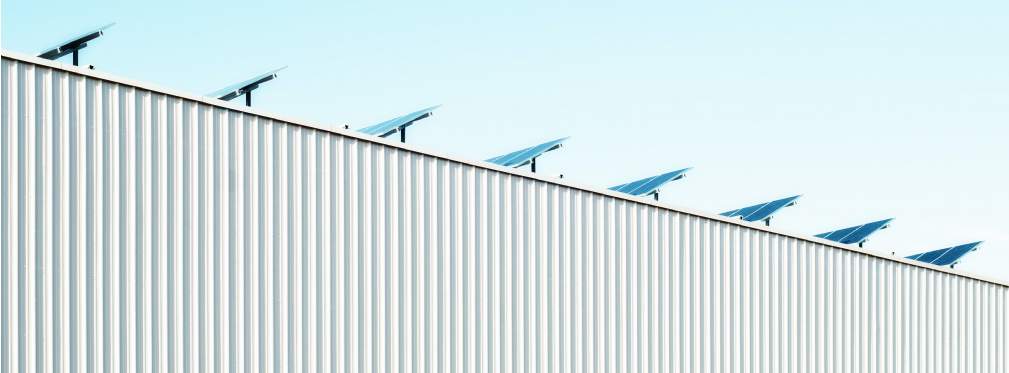

.jpg)
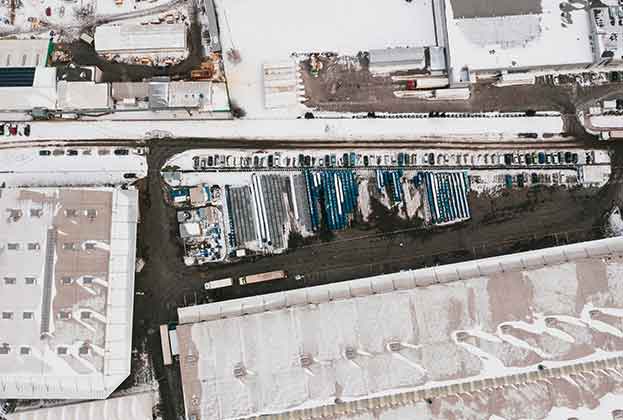
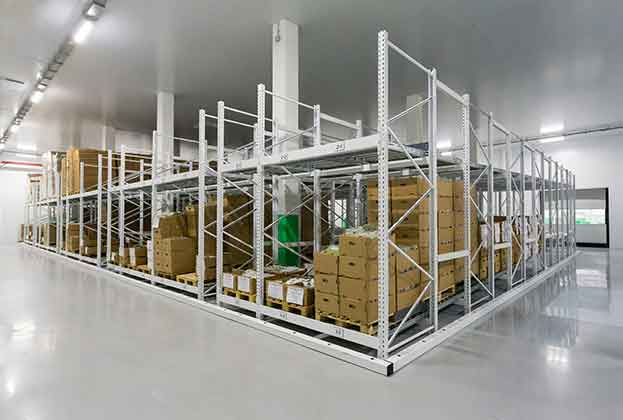
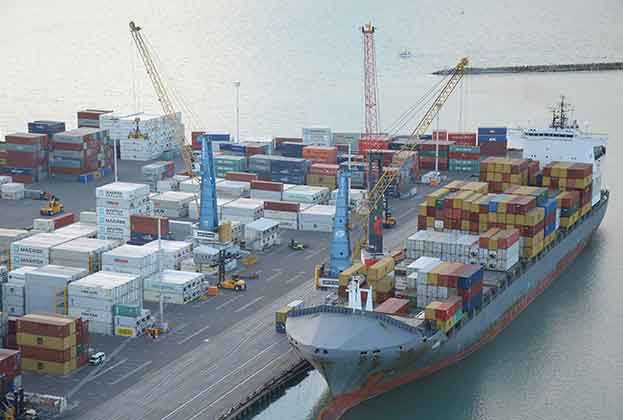
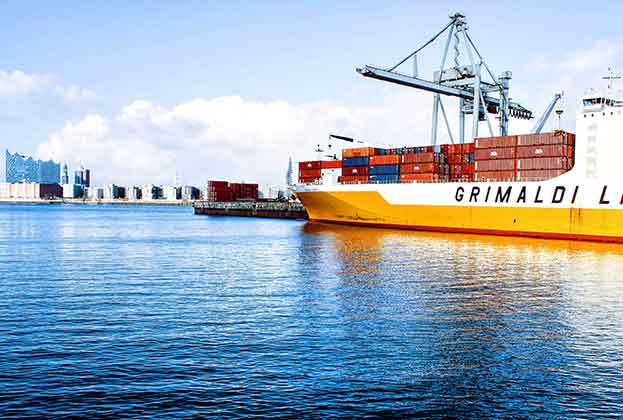

.jpg)

.jpg)